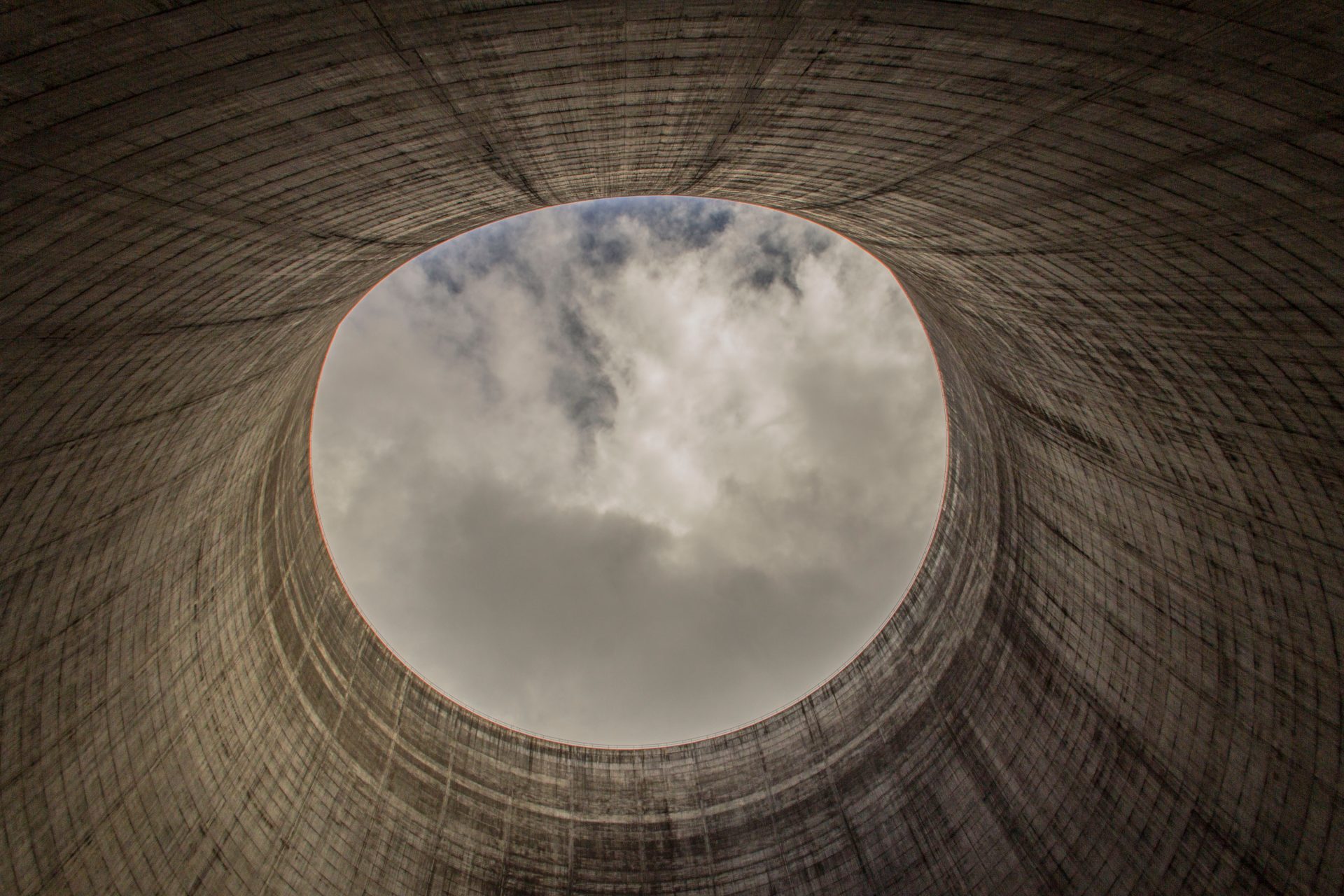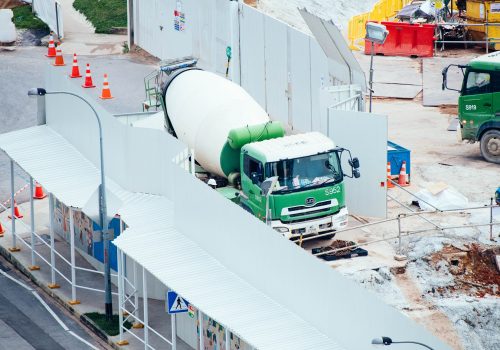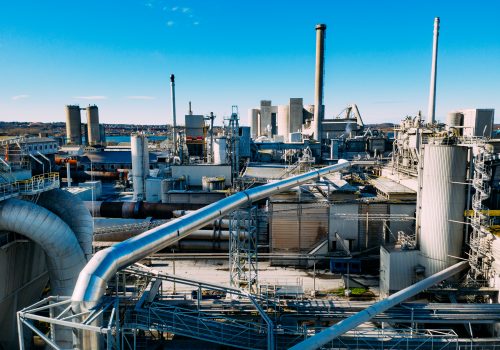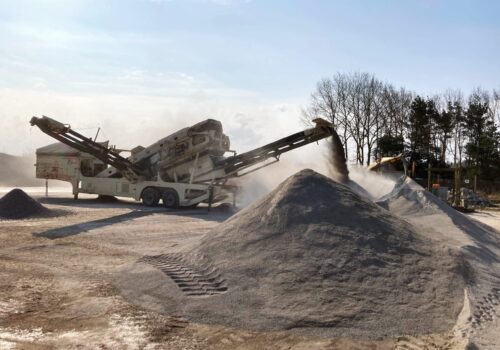The challenge
The energy-intensive industry contributes with crucial materials for society – for buildings, manufacturing, transport, food processing and energy production. With annual direct CO2e emissions (scope 1) of 4.8 million tonnes, the sector accounts for approximately 14 per cent of Denmark’s overall emissions.
The sector has reduced emissions by 7 per cent as compared to 1990 levels. This has primarily been achieved through increased energy efficiency.
Emissions are projected to...
The energy-intensive industry contributes with crucial materials for society – for buildings, manufacturing, transport, food processing and energy production. With annual direct CO2e emissions (scope 1) of 4.8 million tonnes, the sector accounts for approximately 14 per cent of Denmark’s overall emissions.
The sector has reduced emissions by 7 per cent as compared to 1990 levels. This has primarily been achieved through increased energy efficiency.
Emissions are projected to grow leading up to 2030 without the introduction of new initiatives. It is difficult to decarbonise the energy-intensive industry, both because it requires large amounts of energy to reach the necessary process temperature, which is often above 1,000 degrees Celsius and because the raw materials release CO2e as part of the production process.
The potential
The Danish energy-intensive industry’s 2030 vision is to be the most climate-friendly energy-intensive industry in the world while creating green exports, growth and jobs in Denmark.
The climate partnership shows that it is possible for the sector to reduce direct emissions (scope 1) by 70 per cent in 2030. A reduction of 30 per cent by 2030 is possible and potentially profitable for society through investments in further energy efficiency measures, increased use of alternative fuels...
The Danish energy-intensive industry’s 2030 vision is to be the most climate-friendly energy-intensive industry in the world while creating green exports, growth and jobs in Denmark.
The climate partnership shows that it is possible for the sector to reduce direct emissions (scope 1) by 70 per cent in 2030. A reduction of 30 per cent by 2030 is possible and potentially profitable for society through investments in further energy efficiency measures, increased use of alternative fuels (such as biogas and waste), and changes in products (e.g., cement with a lower content of chalk).
An additional 20 per cent reduction can be achieved by replacing coal and natural gas with biogas, and the electrification of processes at low and medium temperatures. This requires an increased supply of biogas, expansion of gas infrastructure and price support.
An additional 20 per cent reduction is possible through carbon capture at the largest emitters. The methods and technologies for CCUS are still in their infancy, so establishing a public-private partnership to develop them further is proposed.
Finally, significant scope 3 reductions are possible e.g., by replacing fossil fuels with biofuels at refineries.
Recommendations
Biogas can replace fossil fuels in processes where high temperatures are necessary and which, therefore, cannot be electrified. To realise these reductions, further investments in biogas production, infrastructure and price support are needed
The introduction of more climate-friendly products requires higher demand and, consequently, willingness to pay a higher price. Sustainability as a criterion in public
procurement is one tool that can be used to stimulate demand
A national strategy for carbon capture is required along with pilot projects to further
develop carbon capture for companies with high emissions
Surplus heat from energy intensive companies can be used for heating e.g. in district heating networks – thereby reducing emissions from combined heat and power plants. To realise this potential, taxes on the use of surplus heat must be removed
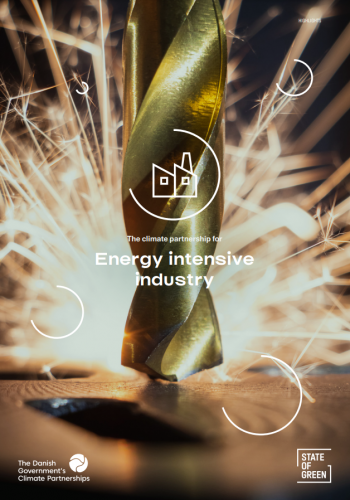
The Climate Partnership for Energy Intensive Industry
Want to learn more about the climate partnership and explore the government and industry recommendations more in-depth? Fill in your information below and download the highlights
Cases
Contact
Confederation of Danish Industry
Søren Jensen
[email protected]
About the partnership
Chairman
Michael Lundgaard Thomsen, Managing Director, Aalborg Portland
Private partners
- Confederation of Danish Industry
Public partners
- Ministry of Climate, Energy, and Utilities
- Ministry of Industry, Business and Financial Affairs
